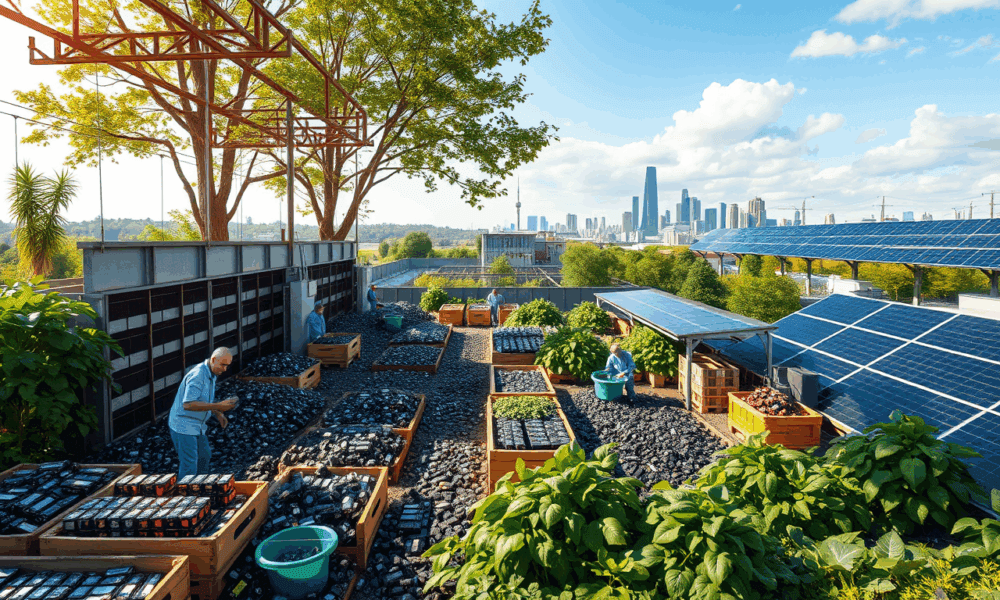


Lithium battery recycling offers a powerful solution to rising demand, with discarded batteries still holding most of their valuable materials. Compared to mining, recycling slashes emissions...



A team of engineers at RMIT University has developed a groundbreaking 3D-printed titanium alloy that s stronger, more ductile, and nearly 30% cheaper to produce than...



AI is helping scientists crack the code on next-gen batteries that could replace lithium-ion tech. By discovering novel porous materials, researchers may have paved the way...
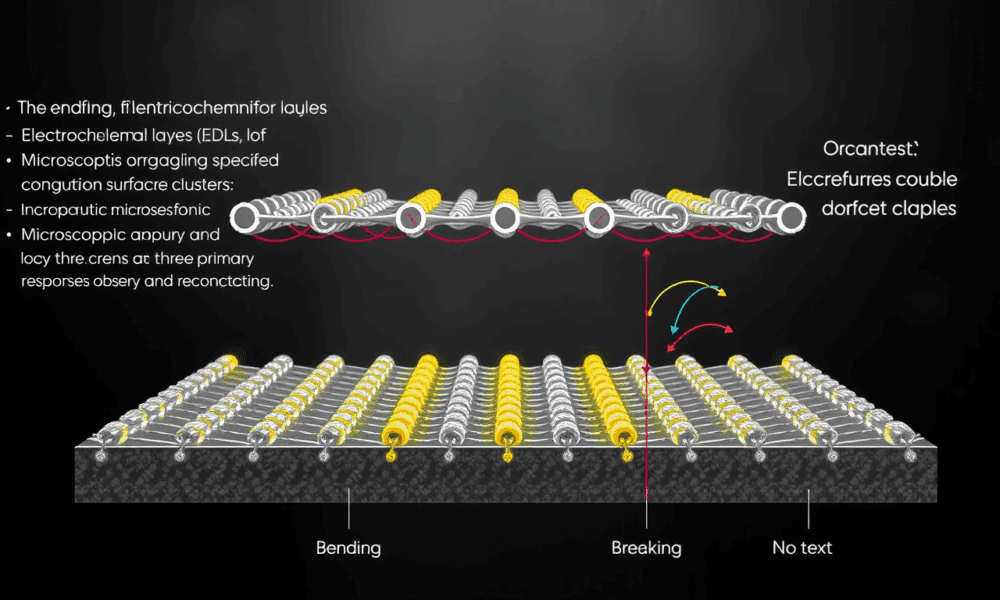
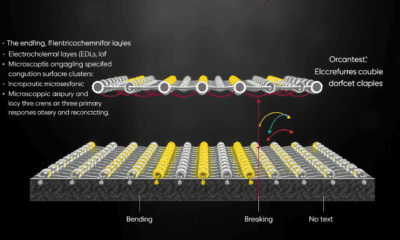

Scientists have cracked open a mysterious layer inside batteries, using cutting-edge 3D atomic force microscopy to capture the dynamic molecular structures at their solid-liquid interfaces. These...
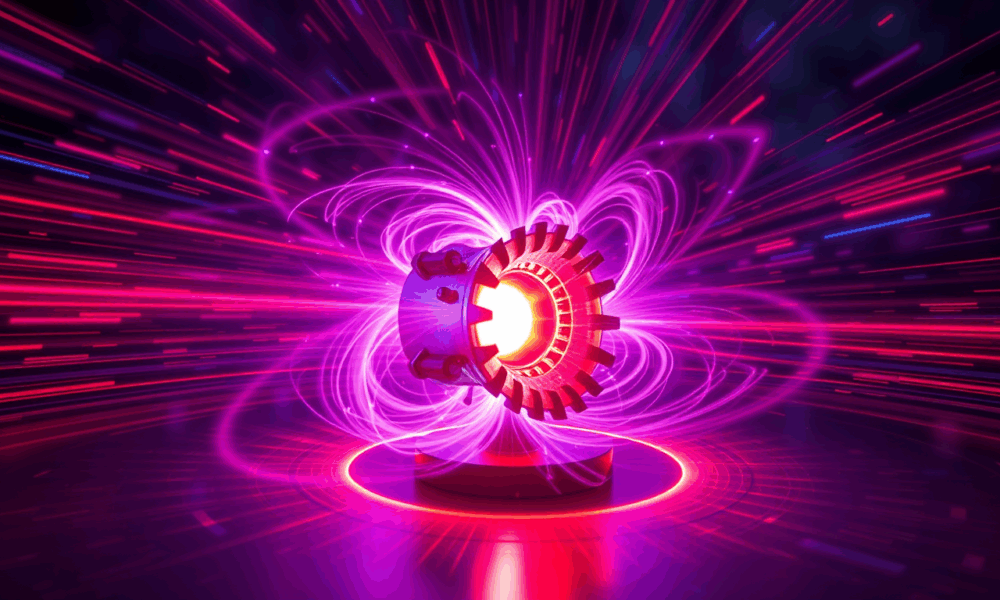
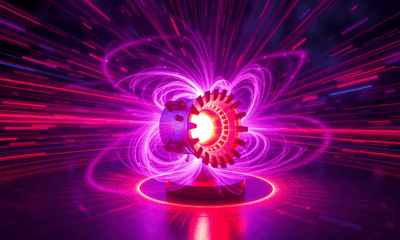

A powerful new technique harnesses swirling plasma inside laser-blasted microtubes to produce record-breaking magnetic fields—rivaling those near neutron stars—all within a compact laboratory setup. This innovation...
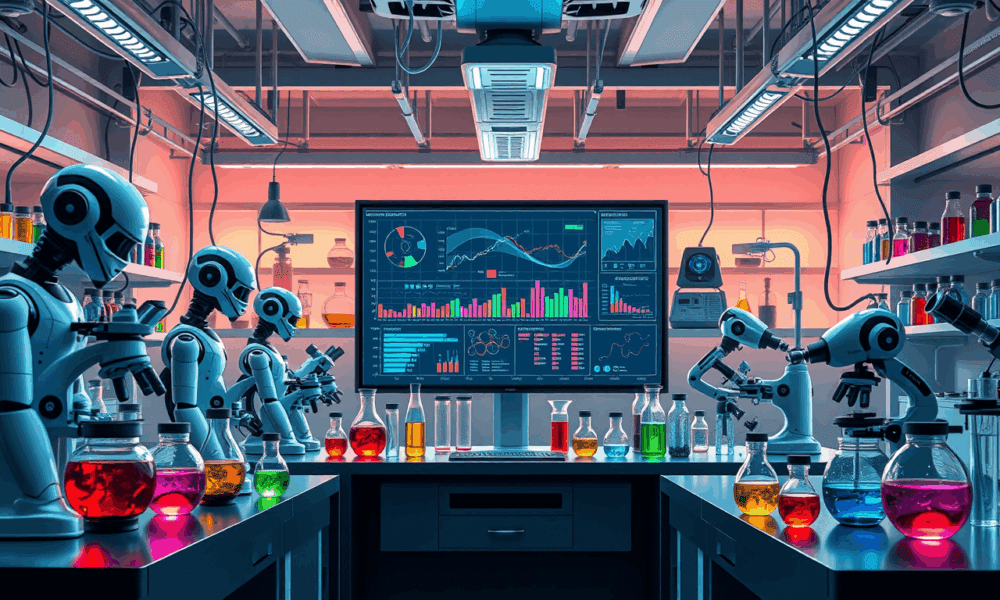
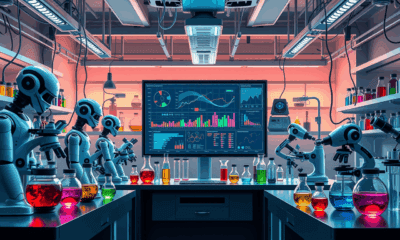

A new leap in lab automation is shaking up how scientists discover materials. By switching from slow, traditional methods to real-time, dynamic chemical experiments, researchers have...



A new study details processes that keep pollutants aloft despite a drop in emissions.

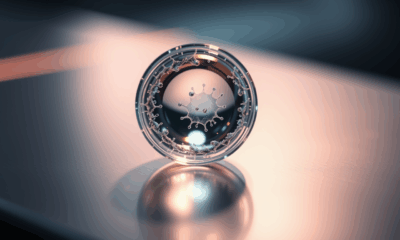

Physicists have developed a lens with 'magic' properties. Ultra-thin, it can transform infrared light into visible light by halving the wavelength of incident light.
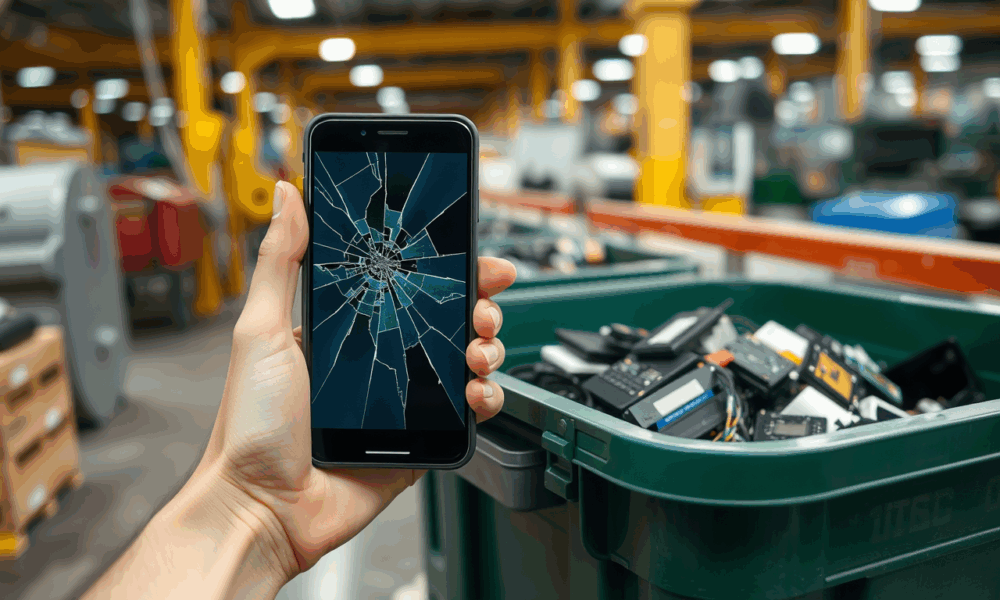
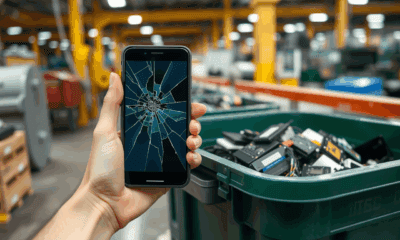

Electronics often get thrown away after use because recycling them requires extensive work for little payoff. Researchers have now found a way to change the game.
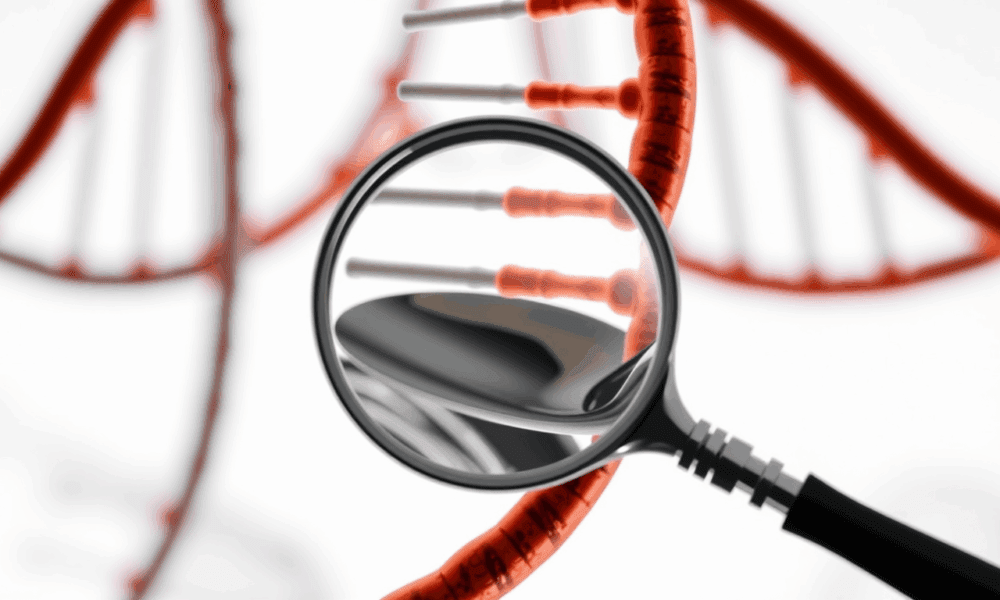


SAVANA uses a machine learning algorithm to identify cancer-specific structural variations and copy number aberrations in long-read DNA sequencing data. The complex structure of cancer genomes...